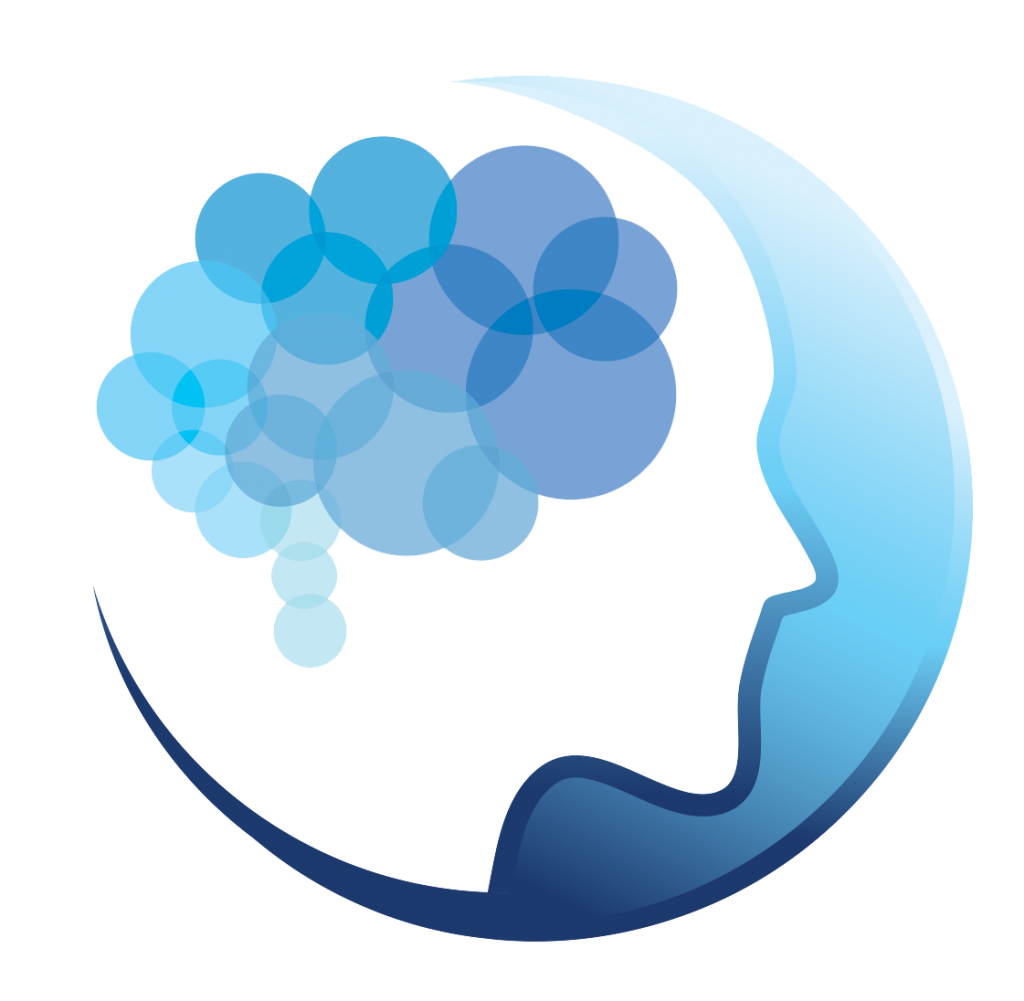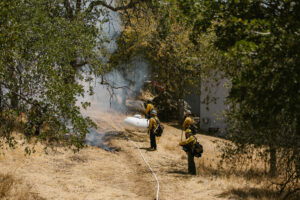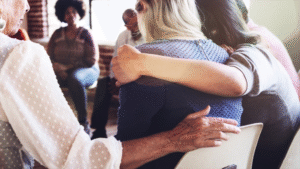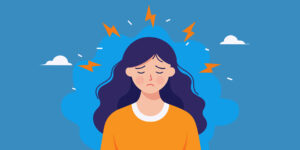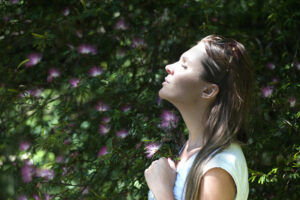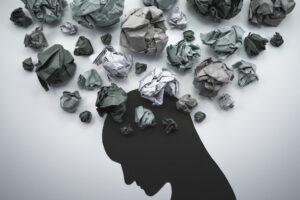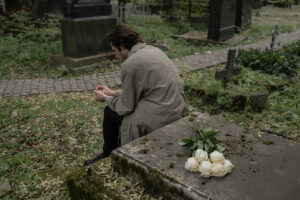Related Resources
For Healing in a Crisis
How To Stop The Brain From Going Into Stress Mode
In this psychoeducational video, Dr. Kate Truitt explores how the brain and body store sensory memories that can be used to shift out of stress and into peace. Through the practice of mental rehearsal, it becomes possible to connect present-day stress responses with memories of calm, confidence, and resilience.
How to Build a Healthier Relationship with Difficult Emotions
We all have moments when our emotional world feels too big, too heavy, or too much. In this video, I’ll guide you through a trauma-informed framework for noticing, naming, and nurturing your emotions—so you can stop fighting them and start using them as data for healing.
A Guided Meditation to Rewire Your Brain for Confidence
One of the most profound ways we can advocate for ourselves is by believing in our capacity to grow, adapt, and heal. This confidence-building meditation is designed to help you reconnect with your strengths and rewire old narratives that say you’re not enough. Every breath becomes a vote for your worth.
How to Heal Together as a Community After a Crisis
By Dr. Kate Truitt
When a crisis strikes, whether it’s a natural disaster, a conflict, or a public emergency, our lives can change in an instant. Homes can be lost, routines shattered, and the sense of safety we once took for granted can disappear overnight. In these moments, it’s completely natural for our brains and bodies to shift into survival mode. Amy, the amygdala, our brain’s built-in alarm system, begins scanning for danger and mobilizing us to protect ourselves and those we love.
But while our survival brain is doing its job to keep us safe, we can start to feel disconnected, anxious, or numb. It may seem like the world has tilted off its axis and in many ways, it has. Yet within this chaos lies one of our greatest tools for healing: our community.
Science shows that connection is medicine for the mind. When we reach out, share, and care, our brains begin to relearn safety. Healing, after all, doesn’t happen in isolation. It occurs in the community.
The Neuroscience of Collective Trauma
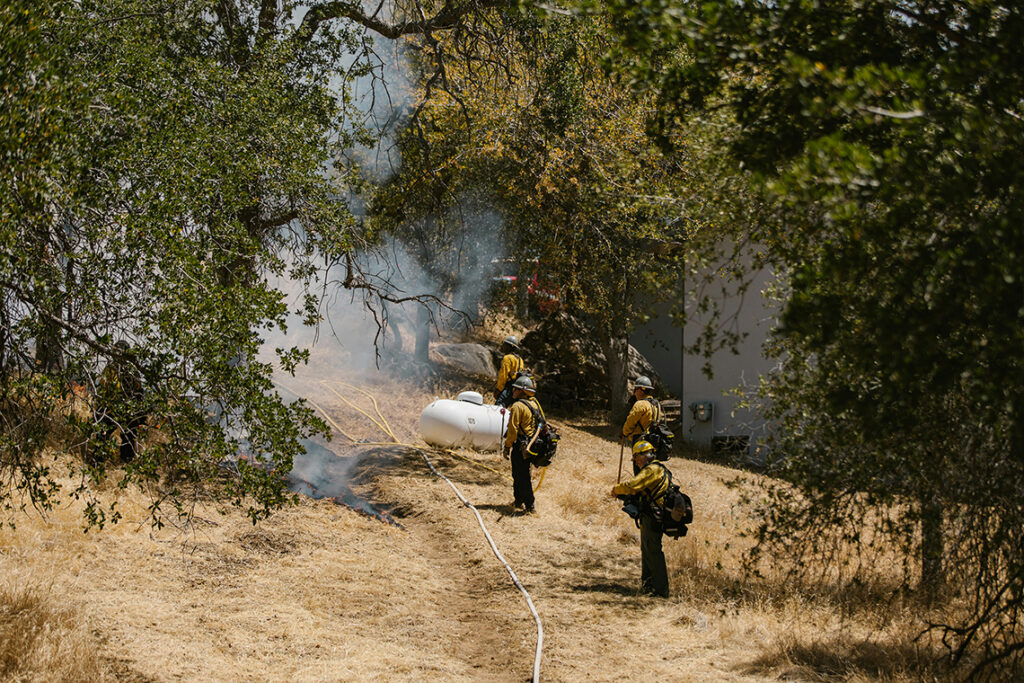
When we experience a crisis as a community, our individual nervous systems don’t operate in isolation. We are, quite literally, wired to feel each other’s pain. Neuroscience calls this emotional contagion, the process by which our mirror neurons and limbic systems synchronize with those around us. When one person experiences fear or grief, nearby brains begin to echo those signals, amplifying the collective sense of distress.
This is why, during humanitarian emergencies, the air itself can feel charged with tension and unease. Our amygdala is constantly scanning for signs of danger, keeping us alert but also exhausting our emotional and physical reserves. Chronic activation of this system can lead to irritability, fatigue, or emotional numbing as our brains struggle to adapt to ongoing uncertainty.
Yet, just as distress can ripple through a community, so can calm. When we connect with safe, grounded people, through a hug, a kind word, or simply shared presence, the brain begins to release oxytocin, our “bonding hormone.” This chemical quiets the amygdala, slows the heart rate, and restores a sense of steadiness.
Our brains are social organs. They don’t just seek safety; they create it through connection. And when we heal together, we’re not only restoring our own sense of peace, but we’re also reshaping the collective nervous system of our communities.
What Community Resilience Really Means
When we hear the word resilience, we often picture individuals who stand strong in the face of hardship. But true resilience extends far beyond personal strength. It’s a shared capacity that lives within our communities. Community resilience is our collective ability to adapt, recover, and even grow stronger in the aftermath of adversity.
After a crisis, it’s normal to want to “go back” to the way things were. Yet healing doesn’t mean returning to the past. It means moving forward with greater awareness and connection. Think of resilience not as bouncing back, but as bouncing forward: integrating what we’ve learned and using it to build new systems of safety and care.
Neuroscience teaches us that our brains are shaped by repetition. Every act of compassion, every shared story, and every moment of support helps rewire the neural pathways of an entire community. In this way, resilience becomes a living network woven through acts of kindness, empathy, and shared meaning.
When one person chooses hope, it creates space for others to do the same. That’s the beauty of community resilience: healing spreads, connection strengthens, and together, we begin to rebuild both our world and our collective sense of safety.
Turning Pain into Purpose
In the aftermath of a catastrophe, communities often find healing through shared purpose. Whether it’s neighbors rebuilding homes after a wildfire, volunteers distributing food, or individuals sharing their stories to comfort others, these actions tell the brain, We can still create goodness in the face of loss.
Psychological research calls this process posttraumatic growth: the transformation that can occur when we integrate pain into a more profound sense of purpose and compassion. It’s not about denying the suffering. It’s about discovering the strength that arises from it. Our brains are designed not only to survive, but to learn, connect, and grow. When we unite around shared meaning, we begin to transform trauma into resilience and that’s where true healing begins.
Ways to Support Community Healing
Here are a few ways to nurture community resilience, one moment at a time:
- Practice Safe Connection. Reach out. Listen. Offer a calm presence. When we sit with someone in their pain—without fixing or judging—we create the co-regulation our brains crave for recovery.
- Create Meaningful Rituals. Light a candle, plant a tree, or join a moment of silence. Rituals help the brain process grief through repetition and symbolic closure, restoring a sense of order after chaos.
- Ground Through the Body. Gentle practices like CPR for the Amygdala® or simple mindful breathing help reduce stress chemicals and activate the parasympathetic nervous system, the body’s natural calming response. If you are looking for anxiety relief during emergency times, I encourage you to save this guided meditation exercise that integrates CPR for the Amygdala.
- Share Stories of Resilience. Storytelling reconnects us to meaning and strengthens our collective identity. When we share how we’ve endured, we teach one another what’s possible.
- Support the Supporters. Frontline workers, caregivers, and volunteers often absorb the trauma of others. Offering them rest, gratitude, and self-regulation tools ensures the entire system remains strong.
In this psychoeducational video, I explore how the brain and body store sensory memories that can help shift from stress into peace.
Together, We Rise
In times of crisis, it’s easy to feel small against the enormity of the world’s pain. Yet every act of compassion, every moment of courage, ripples outward quietly rewiring not just our individual brains, but our collective ones. Healing is a shared process.
When we breathe together, listen together, and rebuild together, we teach our nervous systems—and our communities—that safety can return. That even after devastation, we can rise again.
Neuroplasticity reminds us that change is always possible. Every connection, every shared heartbeat, helps shape a more resilient future. So today, reach out to someone. Offer kindness. Share a breath. Because when we choose to heal together, we’re not just restoring what was lost, we’re creating what’s next.
For more science-based tools to support emotional resilience and healing, sign up for my newsletter and receive your free Brain Partnership for Empowerment and Collaboration Toolkit to begin your journey today. Within it, you will find strategies to reset stress response and rewire emotional regulation.
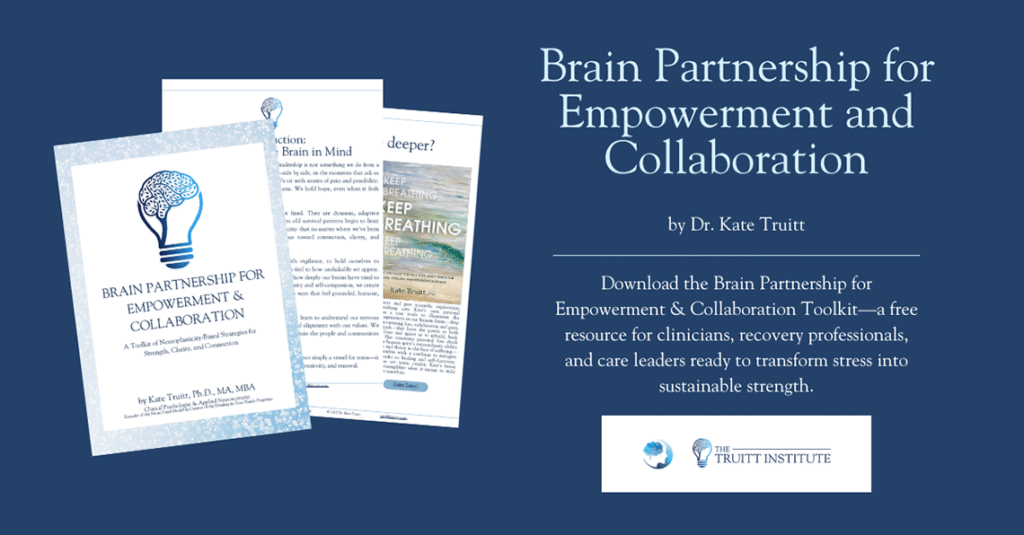
References
REFERENCES:
- American Psychiatric Association. (n.d.). Coping after disaster: Trauma. Psychiatry.org. https://www.psychiatry.org/patients-families/coping-after-disaster-trauma
- Wake Forest University Online Counseling. (n.d.). How crisis counselors can help a community heal after tragedy. https://counseling.online.wfu.edu/blog/how-crisis-counselors-can-help-a-community-heal-after-tragedy
- EngagementHQ. (2023, February 16). Healing together: Community engagement in emergency management and disaster recovery. Live Demo. https://livedemo.engagementhq.com/blogs-and-articles-to-support-your-engagement/news_feed/healing-together-community-engagement-in-emergency-management-and-disaster-recovery
